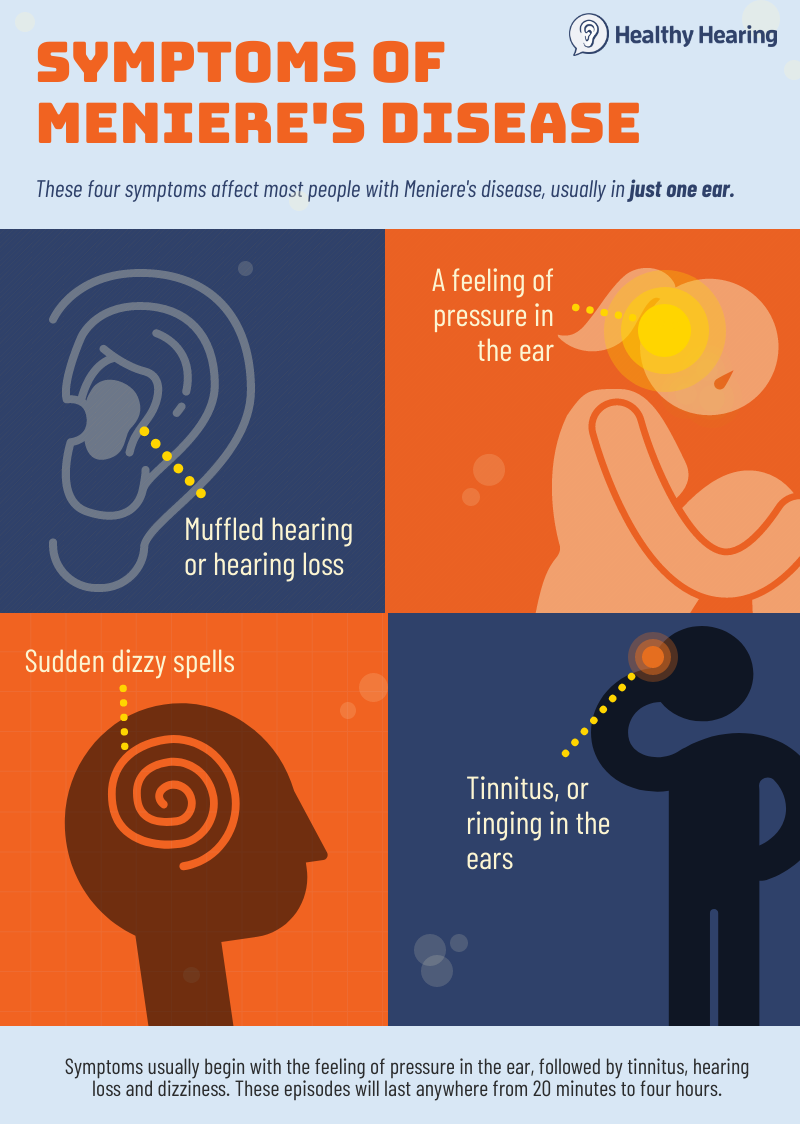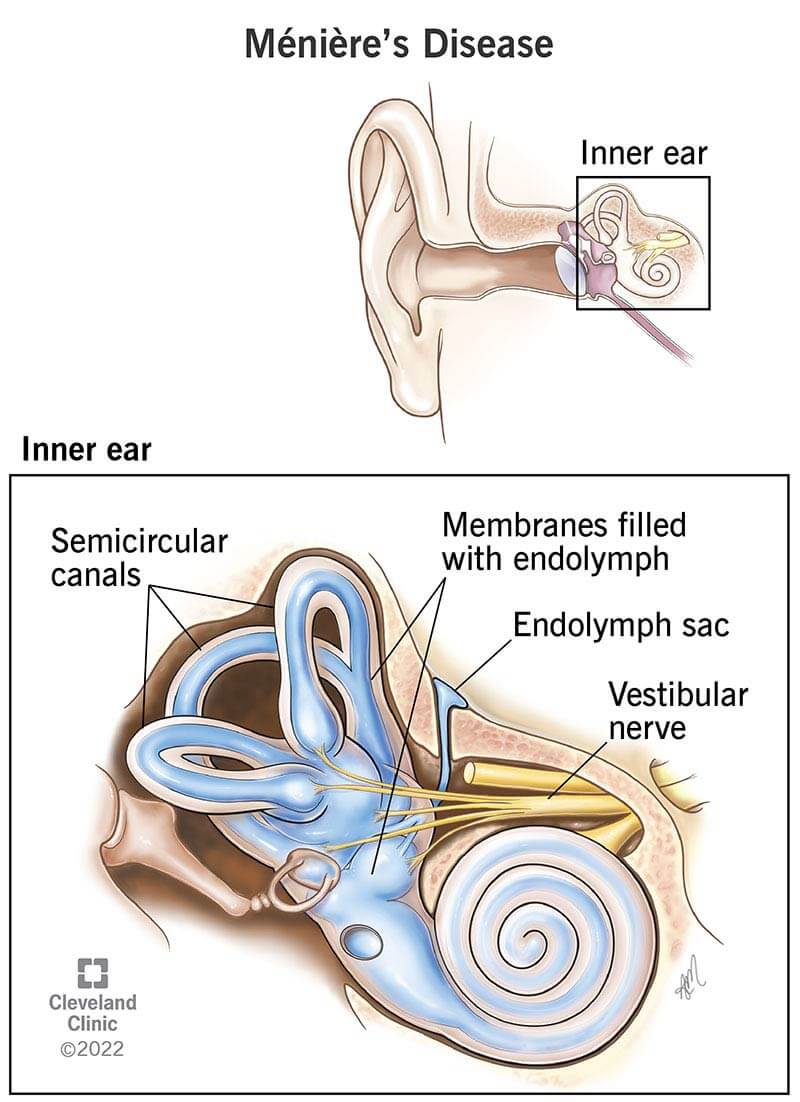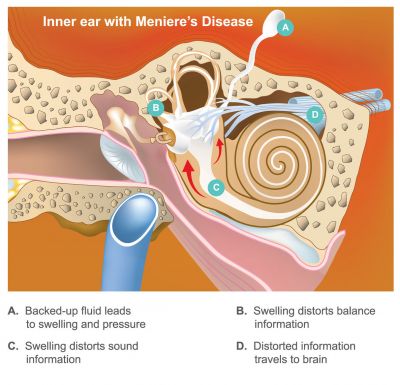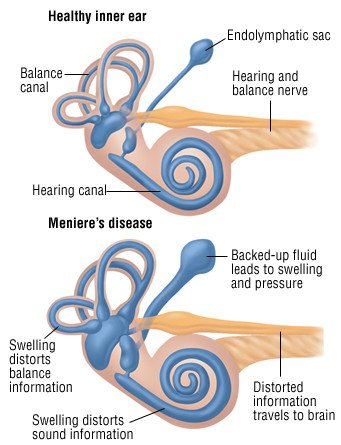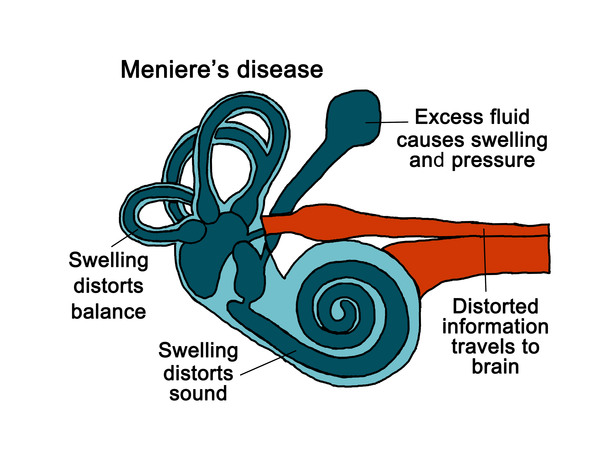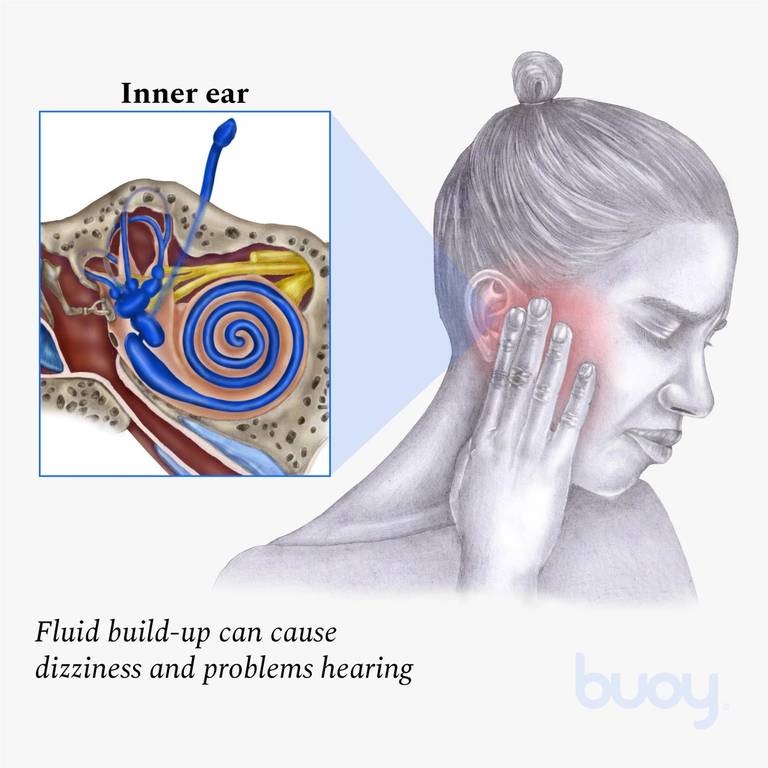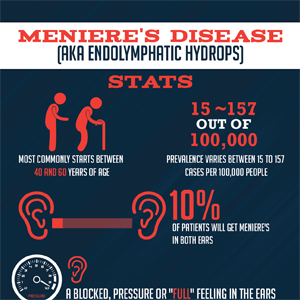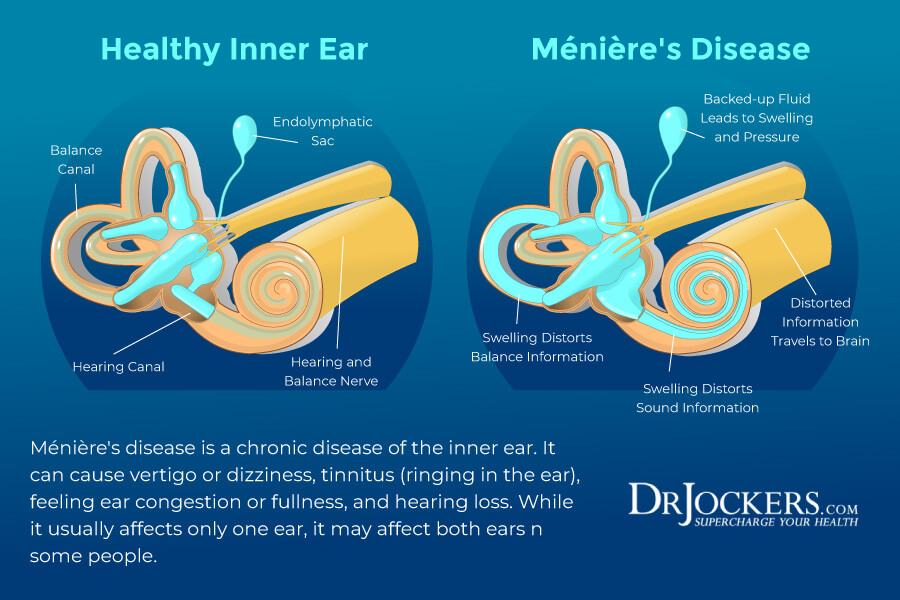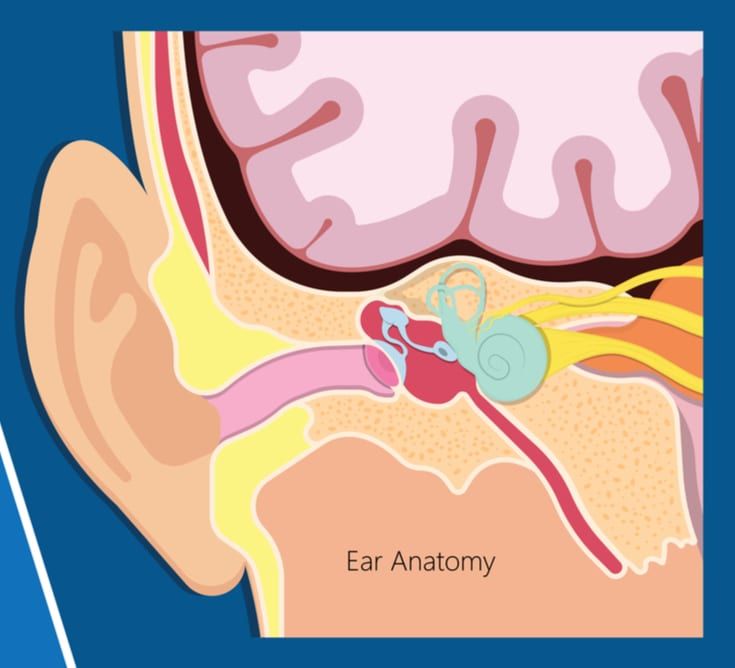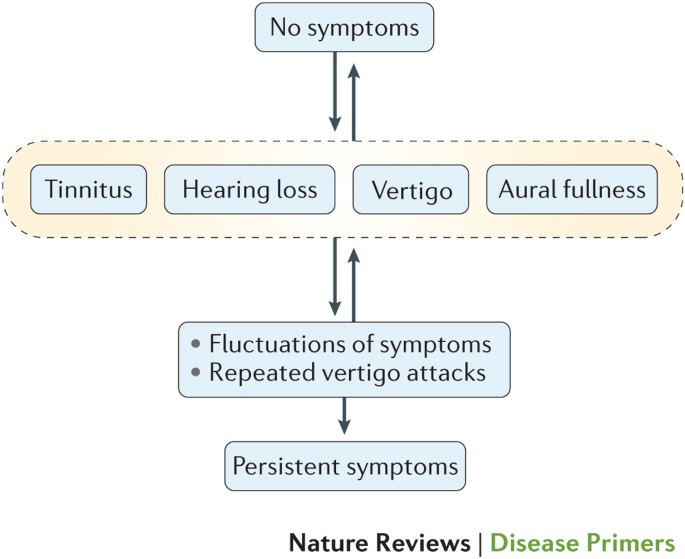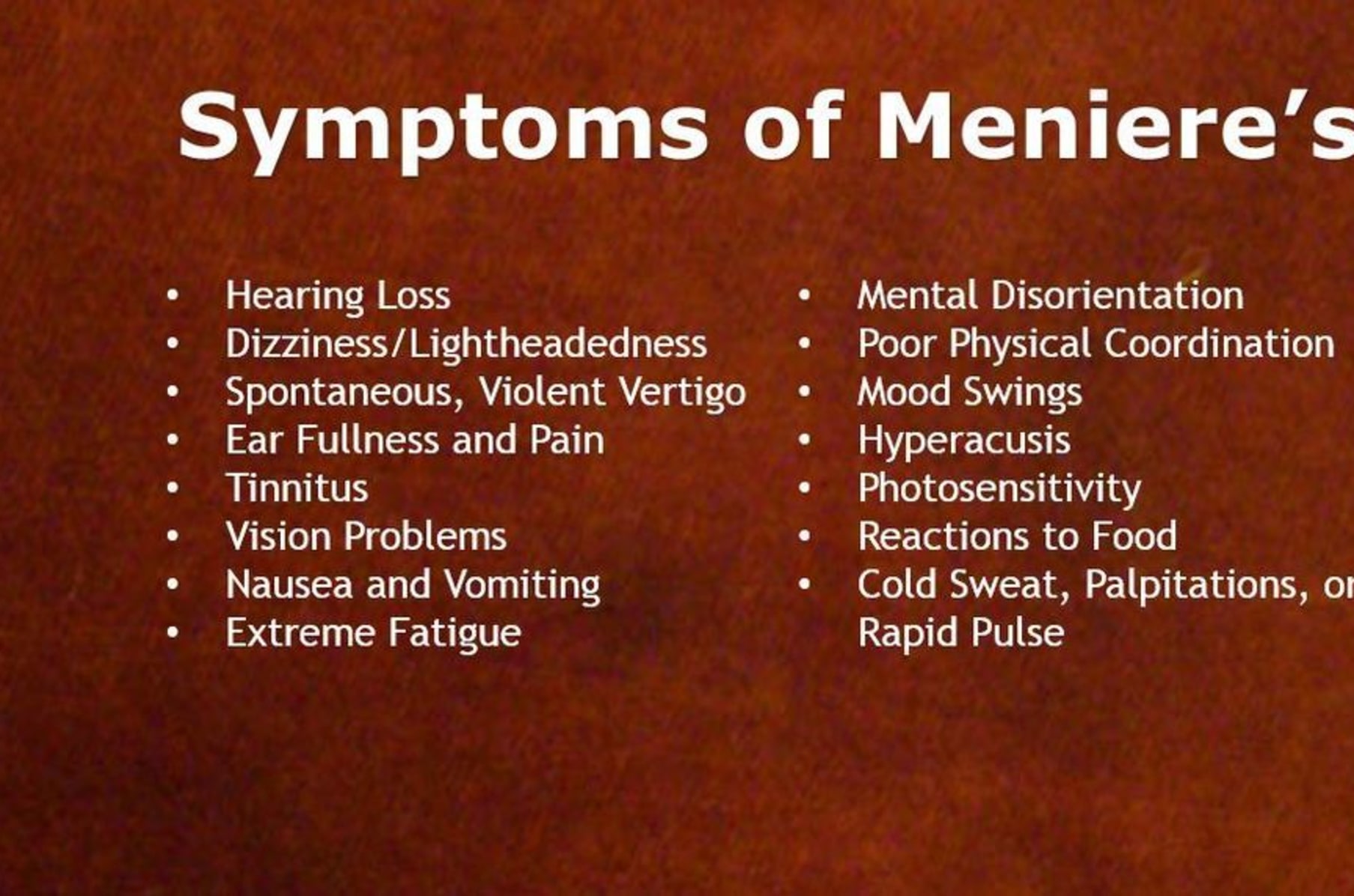Looking Good Info About How To Diagnose Meniere's Disease
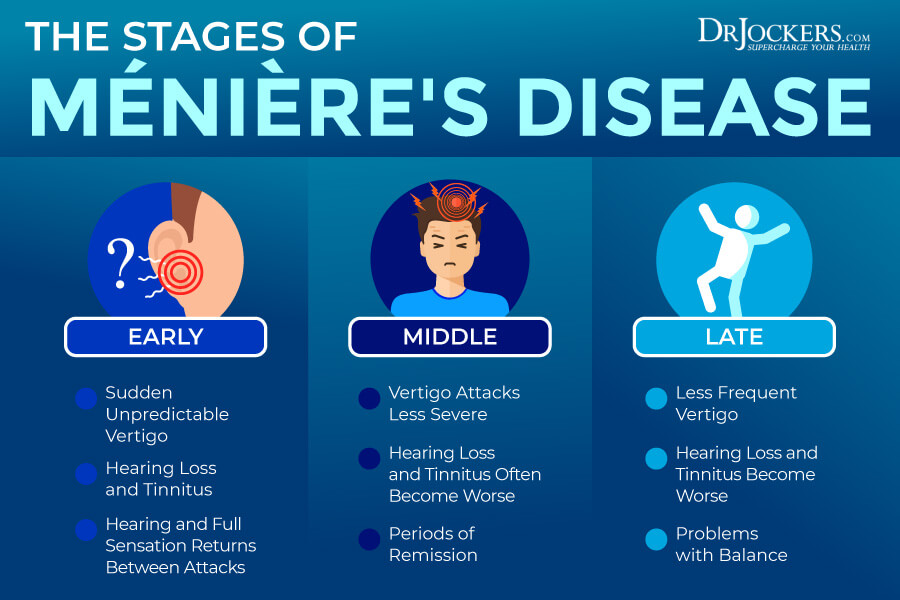
Meniere’s disease is an inner ear disease.
How to diagnose meniere's disease. During a clinic visit, your doctor will take your medical history and conduct a physical exam. How does a doctor diagnose ménière’s disease? This topic will present an overview of the.
Diagnostic tests for meniere's disease symptoms, diagnostic tests will include mri, eeg, audiometry tests (hearing) including electronystagmography, transtympanic. The balance test most commonly used to test for meniere’s disease is electronystagmography (eng). To be called meniere's disease, the cause must be unknown;
Classic symptoms include pressure in the ear, hearing loss, vertigo and. Meniere’s disease is a disorder of the inner ear. Signs and symptoms of meniere's disease include:
Tests measuring meniere’s disease symptoms, at your initial visit to your physician he or she may request a variety of tests that help determine if your problem truly is meniere’s disease. Meniere’s disease generally affects one ear at first, but in 15 percent of people, the condition affects the other ear as well. Sit away from the plane's engines if noise and vibration are an issue, drink water regularly, to stay hydrated, and avoid alcohol, ask if the airline can offer food for a special diet that suit your.
The new drug to relieve the symptoms of tinnitus and sensorineural hearing loss in those with meniere’s disease is on the fast track in the new drug application process. Hearing tests, including one to find out if the nerve from the inner ear to the brain is. Meniere disease (md), named for french physician prosper menière, is a condition characterized by episodic vertigo, tinnitus, and hearing loss [ 1 ].
In most cases, only one ear is affected by meniere’s disease. Ménière’s disease is most often diagnosed and treated by an otolaryngologist (commonly called an ear, nose, and throat doctor, or ent). Individually, subsidiary examinations become impotent in diagnosing meniere's disease.
